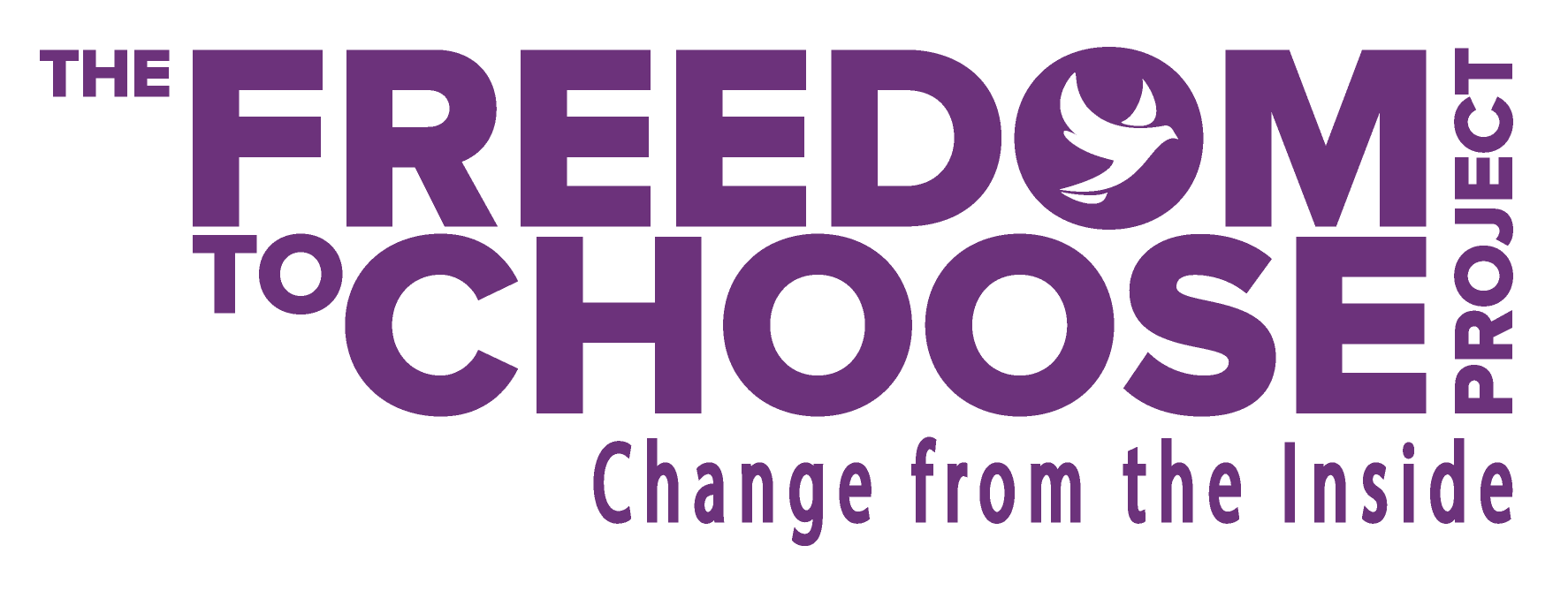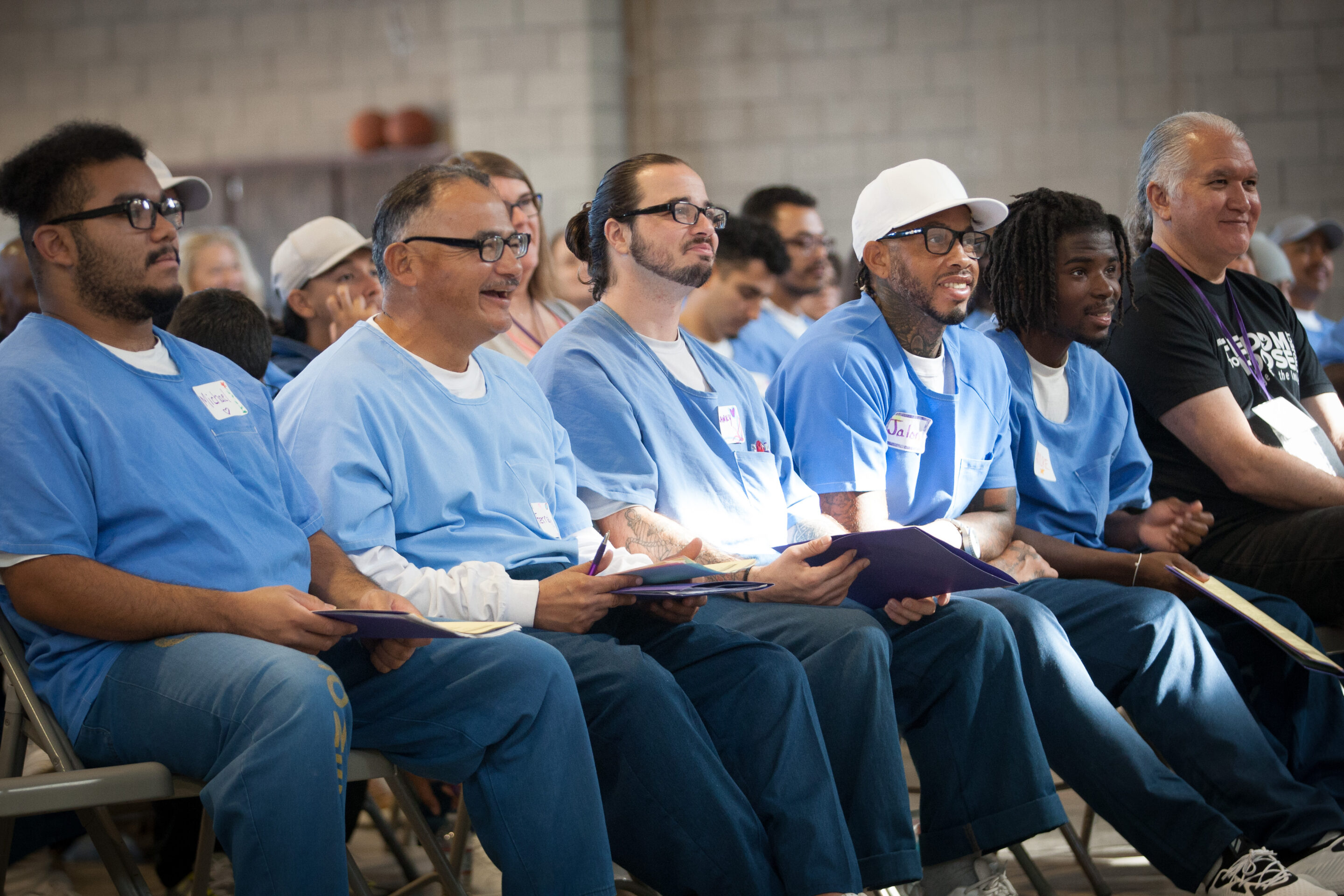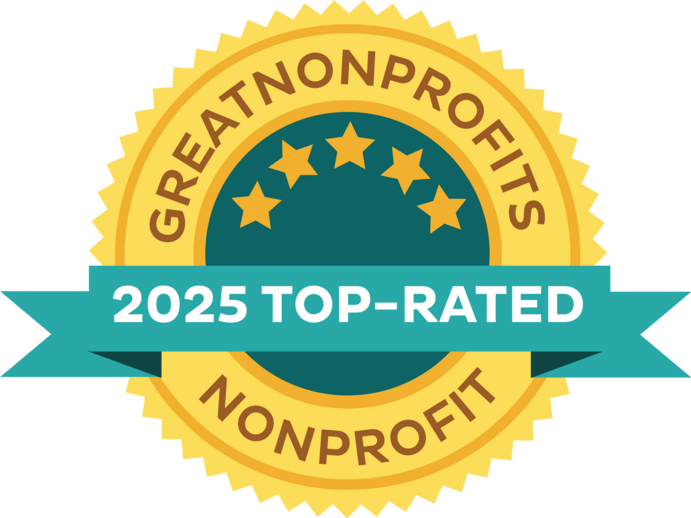Executive Summary of the Scientific Basis for the Effectiveness of
Freedom to Choose Project Educational Programs
by David Paul, M.D., Ph.D. and Bonnie Paul, Ph.D.
This review covers the similarities and differences between Cognitive Behavioral Therapy (CBT) in a criminal justice context and the Freedom to Choose Project’s (FTC) educational programs. FTC appears to offer a “missing piece” of the incarcerated rehabilitation puzzle: reducing internal levels of shame.
The Missing Piece: Addressing Shame
There is a growing recognition that punishment alone does not reduce rates of reoffense and does not prepare incarcerated people for successful re-entry into the community. Effective programs that teach incarcerated individuals the emotional intelligence skills needed for successful personal and work relationships are essential for reducing recidivism and increasing public safety. Research shows that quality education is one of the most effective forms of crime prevention (Huling, 2000).

Debra, Incarcerated FTC Program Participant Centers Herself Before Starting a Group Process (2007)
The Limits in Traditional CBT Approaches
In recent years CBT programs have gained popularity in the criminal justice field. Research has shown efficacy with CBT programs, but even programs with the highest fidelity to CBT models have modest success. A review of CBT programs used in criminal justice systems indicates an average reduction in recidivism of 14% among medium-to-high-risk incarcerated persons (Tong & Farrington, 2006). Programs such as Thinking for a Change (Bush, Glick, Tayman, & Guevara, 2011) and Reasoning and Rehabilitation (Ross & Ross, 1995), are based on the premise that the way someone thinks about something influences the way they will both feel and behave.
Personal motivation is a critical element for success, since effectively implementing the lessons of CBT “requires a great deal of effort and hard work” (Vas, 2013). Lipsey, Landenberger, and Wilson (2007) found that cognitive impairments are learned, rather than inherent for many incarcerated individuals. They are the result of conditioning from birth and are formed through familial, cultural, religious, ethnic and other influences. They contend that with appropriate interventions, individuals are capable of learning pro-social ways of thinking and managing emotions that contribute to pro-social behaviors.
In addition to requiring both internal motivation and significant effort on the part of the incarcerated person, cognitively-based theories (the “C” in CBT) recognize that emotions are major predictors of subsequent behaviors (Gollwitzer & Bargh, 1996). However, CBT based approaches are very limited in their ability to intervene at the emotional level. These programs focus on awareness of anger, and self-control/ re-patterning of subsequent behaviors. They do not address underlying emotional drives, such as shame. It is commonly recognized that individual’s behavior – even when carefully thought-out – is also influenced by internal emotions. Even intelligent and rational people will engage in behaviors they intellectually know are wrong or counterproductive because of emotional drives (example: “I know I shouldn’t eat so much, but…”). Actions that are impulsive, aggressive, or done while under the influence of drugs or alcohol are more likely to be emotionally – rather than cognitively – influenced.
The FTC Approach

Marquez, Incarcerated FTC Program Participant (L) & Tara Nearman, FTC Volunteer (2024)
FTC is a program appropriate for both incarcerated and non-incarcerated individuals. It can be administered as a 2-day workshop or in a series of weekly classes and is valuable for populations in detention and at the community corrections level. FTC programs teach a set of skills designed to enhance pro-social behavior. Using simple language and “hands-on” supervised practice, participants learn a set of foundational communication and emotional competency skills. These include: the importance of honesty and authenticity, respectful communication skills, making responsible choices, learning how to recognize and manage anger and fear, and learning how to de-escalate strong, negative emotional responses, discovering the thoughts and distortions of thinking that resulted in the emotional response and changing them so that there is an appropriate and positive emotional response. This educational approach accelerates the process of resolving the underpinnings of negative emotions, thus preventing the cycles of conflict and violence. It also supports people in removing many of the underlying emotional “drivers” of addictive behaviors and violence.
The Link Between Shame & Recidivism
Shame and guilt are highly significant emotions that can influence the likelihood of recidivism. Shame is judgment of one’s self as “bad,” “defective,” or “a monster” and is differentiated from guilt, which is defined in this context as remorse about one’s actions (Tangney, Stuewig, & Martinez, 2014). In a study of 1,243 young incarcerated individuals, guilt was associated with lower rates of recidivism, and shame correlated with higher rates of recidivism (Hosser, Windzio, & Greve, 2008). In a longitudinal study of 476 individuals incarcerated in jail (Tangney et al., 2014) found that proneness to shame positively predicted recidivism because of externalization of blame. In other words, the feeling of shame is so painful, that people are more likely to blame someone else for their behavior – including their victim. Multiple studies have linked proneness to shame to evading responsibility, victim-blaming, mismanaging anger and extreme, hostile aggression (Tangney, Stuewig, & Hafez, 2011a; Tangney, Stuewig, Mashek, & Hastings, 2011b).
From Self-Judgment to Self-Worth: The Results

Arlene, Credit David Sand (2007)
FTC teaches personal responsibility for one’s emotions and actions. This shifts the locus of blame from the misplaced location of the incarcerated person’s victim (Lipsey, Landenberger, & Wilson, 2007), to taking responsibility for one’s actions and emotions. FTC teaches the skills of recognizing emotional reactions and making conscious choices (rather than knee-jerk reacting). In addition, a key component of FTC’s effectiveness is teaching individuals to explore and resolve the underlying causes of their negative emotional reactions. These are often based on past (frequently traumatic) experiences. This important link is missing in many (if not all) CBT interventions in the criminal justice setting. FTC teaches individuals specific skills for resolving negative emotions, and reframing previously unconscious beliefs that were developed as coping mechanisms, often in childhood. Forgiveness is also taught as a foundational skill in resolving negative past experiences and emotional disturbances.
Shame is the result of judgments of oneself (Tangney et al., 2014). FTC directly addresses shame through a process of self-forgiveness of judgments made about self-worth and value. When these self-judgments are released through self-forgiveness, participants change to a more positive self-definition, consequently reducing the propensity for shame and the subsequent likelihood of recidivism. FTC supports incarcerated participants in learning from their mistakes and past actions, thus empowering individuals to choose healthier responses in the future. This supports the important distinction between “who I am” and “what I did,” resulting in healthier self-identification. This engenders cognitive and emotional shifts, both of which are needed to support individuals in making healthier, pro-social choices.

George, Credit: David Sand (2023)
An example of an unhealthy self-identification would be “I’m a bad person, and bad people do bad things.” Current correctional settings that primarily utilize punitive models reinforce this criminogenic self-identification. An example of a healthy self-identification would be “I’m a valuable and worthy person, and I can learn from my mistakes. I can learn to make more effective choices. What I’ve done does not define who I am, nor what I am capable of in the future.” Positive self identity also provides the foundation for positive self motivation. Enhancing intrinsic motivation is one of the eight elements of evidence-based practices (Guevara & Solomon, 2009). This means that people are more likely to make changes in their lives when they feel internally motivated, rather than externally motivated (i.e. coercion or the threat of punishment). Reducing the propensity to experience shame, and developing the skills of personal responsibility are the key elements of the effectiveness of FTC programs. In a preliminary longitudinal study between 2004-2012 of 2,112 incarcerated women serving one-year to life sentences who participated in FTC programs, 98% reported their lives were improved (p<0.001), and 91% experienced less conflict (p<0.001) (Paul & Paul, 2013).
Conclusion
In conclusion, the skills taught in FTC programs appear to result in a reduction in propensity to shame, which has been shown to positively impact recidivism. This represents a significant improvement over current CBT and other incarcerated education programs and may result in reduced rates of re-offense, both during incarceration and post-incarceration including administrative violations (including behaviors such as tardiness, lying to boss or probation officer, etc.). Rev: October, 2015

Drs. David and Dr. Bonnie Paul, FTC Founders (R) & Jason Incarcerated FTC Program Participant (L), (2024)
References
Bush, J., Glick, B., Tayman, J., & Guevara, M. (2011). Thinking for a change: Integrated cognitive behavior change program. U.S. Department of Justice, National Institute of Corrections, version 3.1.
Guevara, M. & Solomon, E. (2009). Crime and Justice Institute. (2004). Implementing Evidence-Based Practice in Community Corrections, 2nd Edition. Crime and Justice Institute and the National Institute of Corrections.
Gollwitzer, P. M., & Bargh, J. A. (Eds.). (1996). The psychology of action: Linking cognition and motivation to behavior. New York: Guilford.
Hosser, D., Windzio, M., & Greve, W. (2008). Guilt and Shame as Predictors of Recidivism A Longitudinal Study With Young Prisoners. Criminal Justice and Behavior, 35(1), 138–152. doi:10.1177/0093854807309224
Huling, T. (2000). Prisons as a growth industry in rural America: An exploratory discussion of the effects on young African American men in the inner cities. Washington, D.C., U.S. Commission on Civil Rights.
Lipsey, M.W., Landenberger, N.A., & Wilson, S.J. (2007). Effects of cognitive-behavioral program for criminal offenders. Campbell Systematic Reviews, 2007:6. Paul, D., & Paul, B. (2013). Love, justice and community in a women’s prison in California: The importance of being the change you want to see in the world. Presentation at APA Society for Humanistic Psychology Conference, Carpinteria, CA.
Ross, R. R., & Ross, R. D. (Eds) (1995). Thinking straight: the Reasoning and Rehabilitation programme for delinquency prevention and offender rehabilitation. Ottawa: AIR Training and Publications.
Tangney, J. P., Stuewig, J., & Hafez, L. (2011a). Shame, guilt, and remorse: implications for offender populations. Journal of Forensic Psychiatry & Psychology, 22(5), 706–723. doi:10.1080/14789949.2011.617541
Tangney, J. P., Stuewig, J., & Martinez, A. G. (2014). Two Faces of Shame: The Roles of Shame and Guilt in Predicting Recidivism. Psychological Science. doi:10.1177/0956797613508790
Tangney, J. P., Stuewig, J., Mashek, D., & Hastings, M. (2011b). Assessing Jail Inmates’ Proneness To Shame and Guilt: Feeling Bad About the Behavior or the Self? Criminal Justice and Behavior, 38(7), 710–734. doi:10.1177/0093854811405762
Tong, L., & Farrington, D. (2006). How effective is the “Reasoning and Rehabilitation”programme in reducing reoffending? A meta-analysis of evaluations in four countries. Psychology, Crime & Law, 12:3-24.
Vas, S. (2013). Cognitive-Behavioral Therapy (CBT) Program. Retrieved from http://psychiatry.uchicago.edu/page/cognitive-behavioral-therapy-cbt-program








